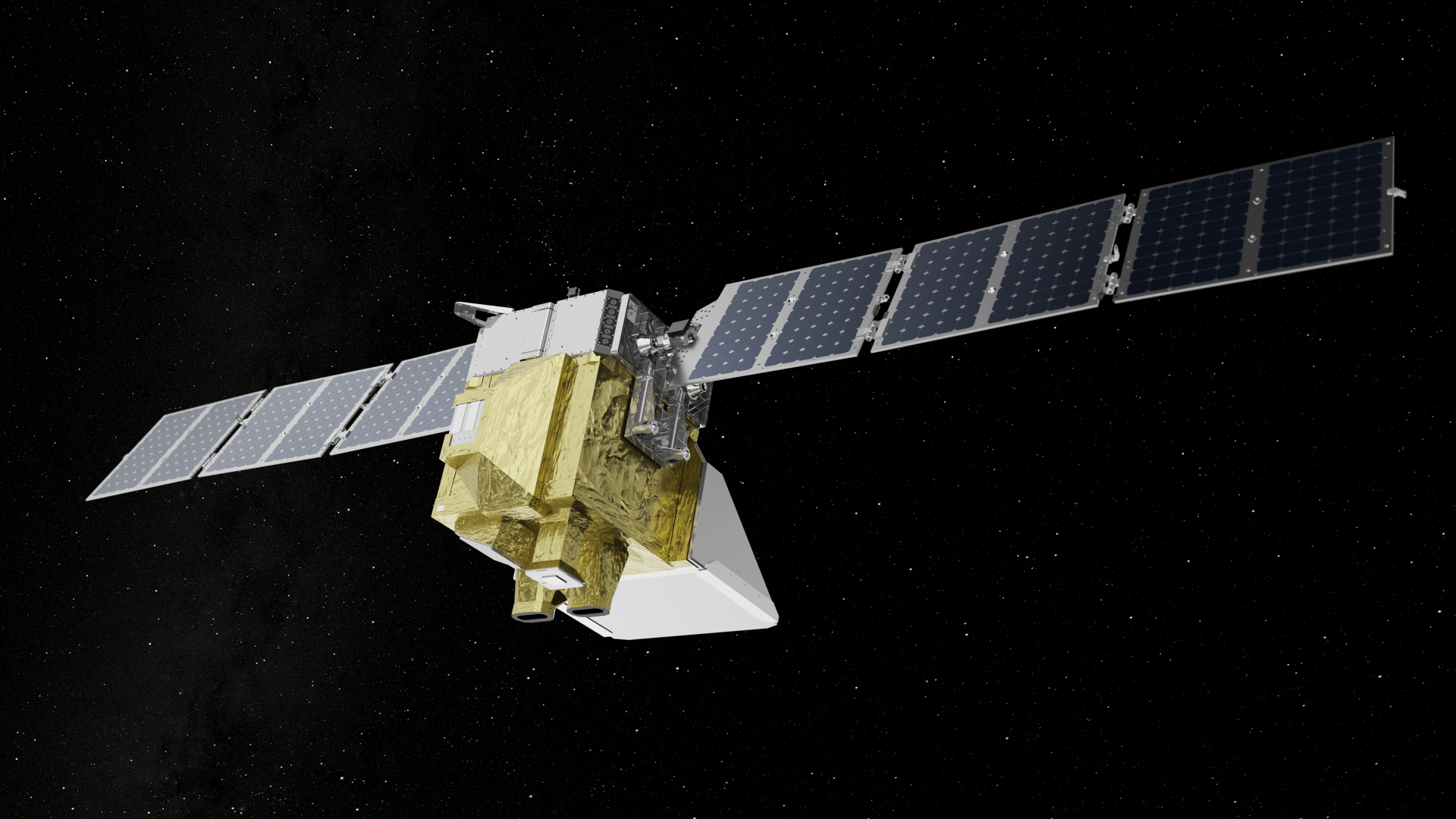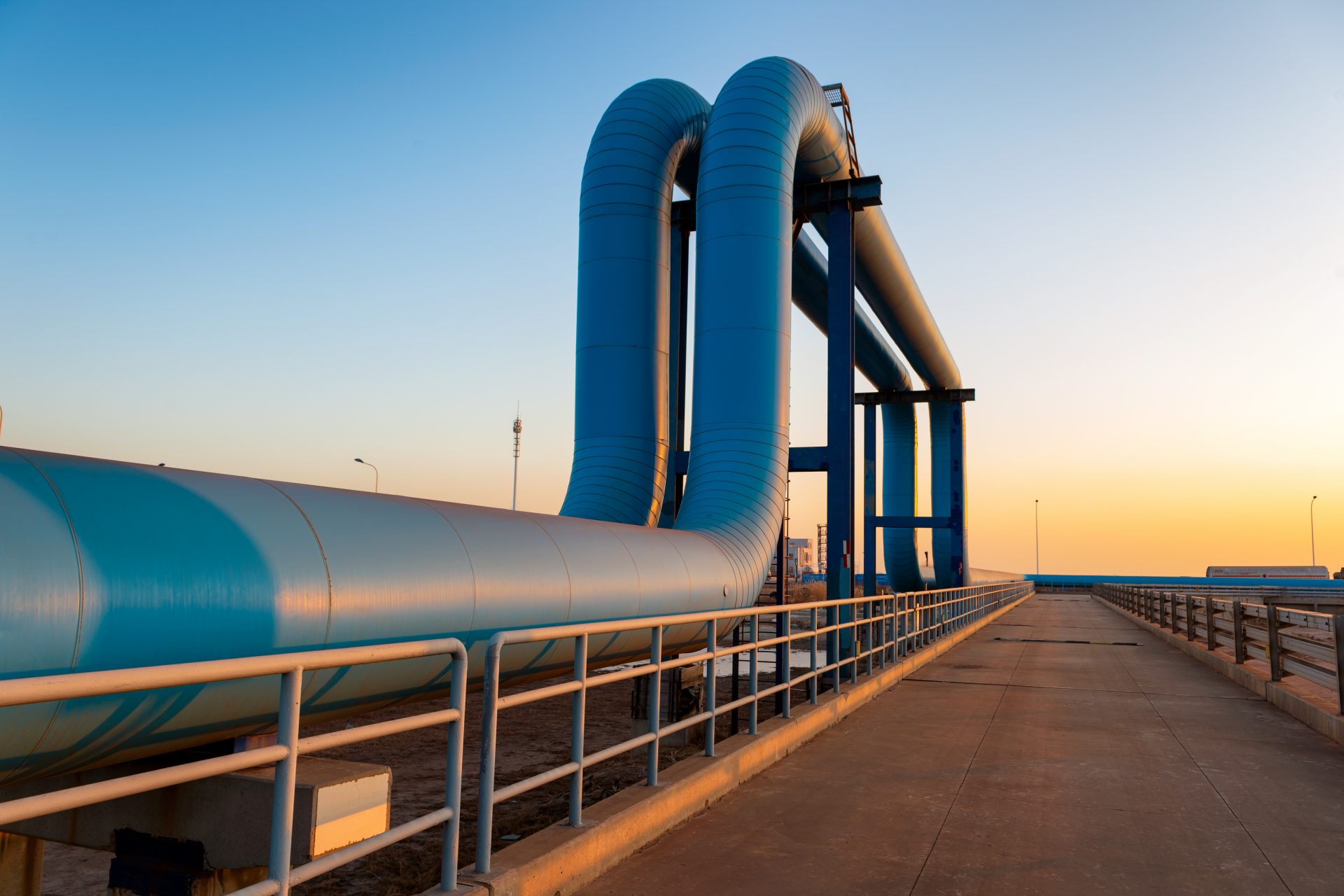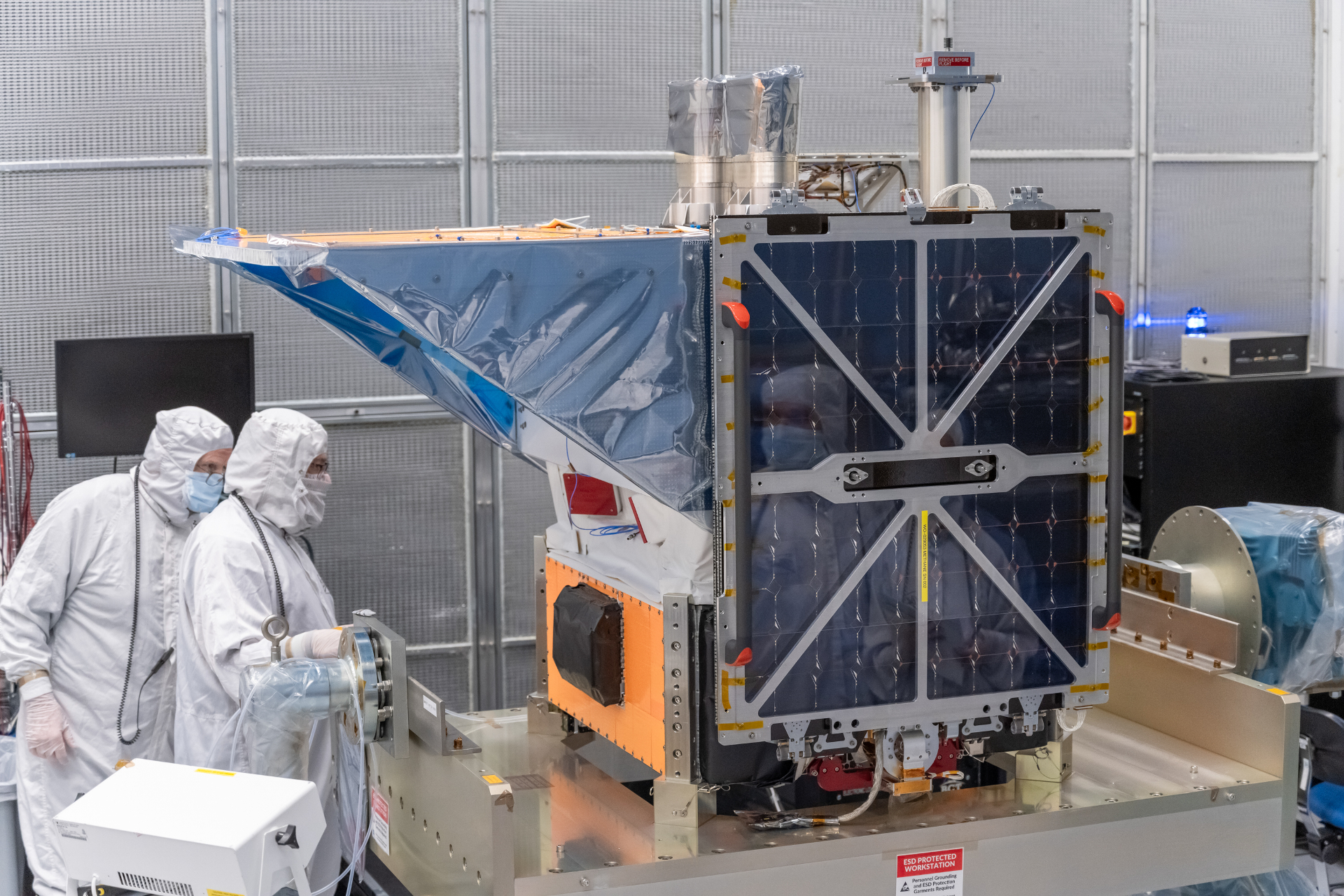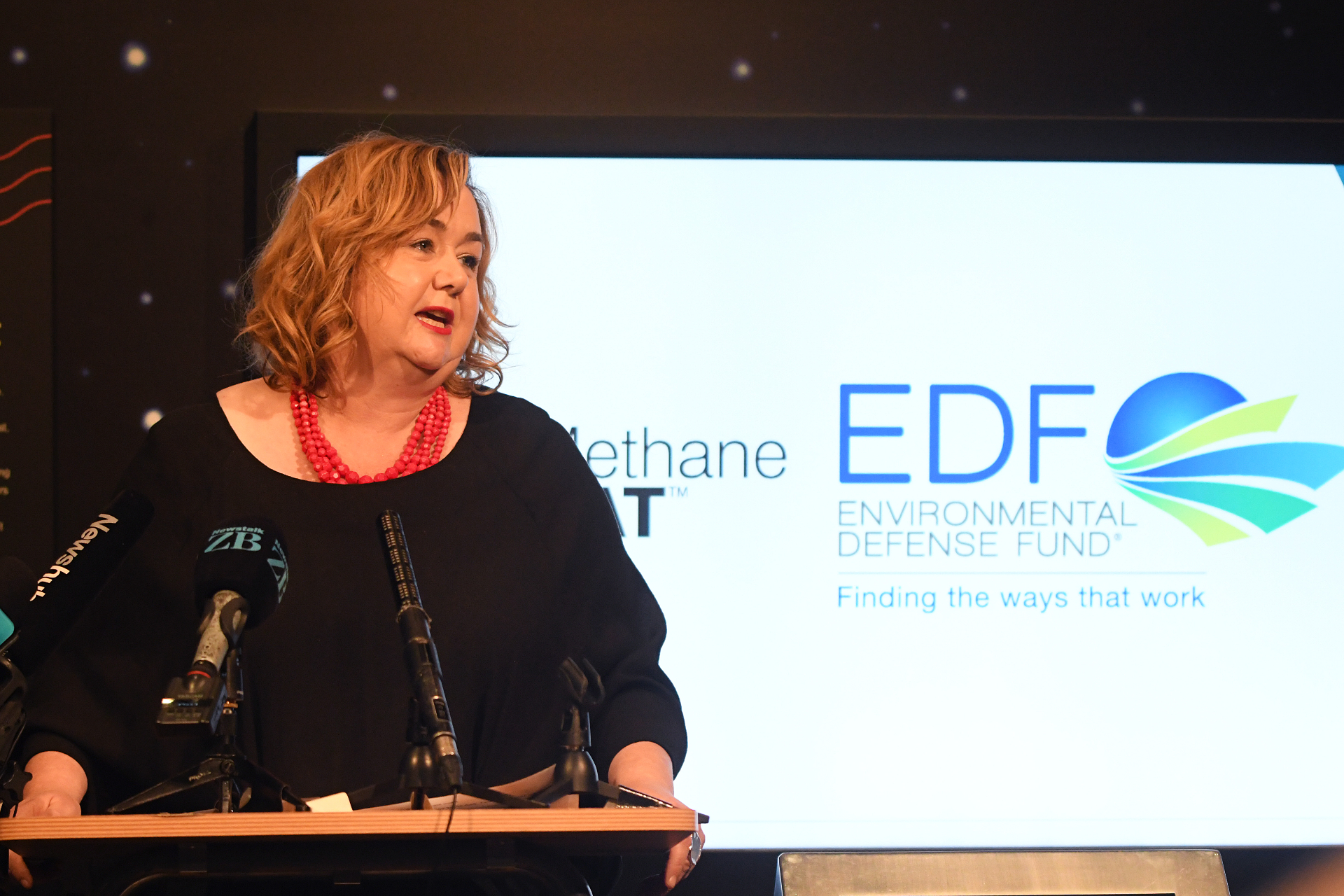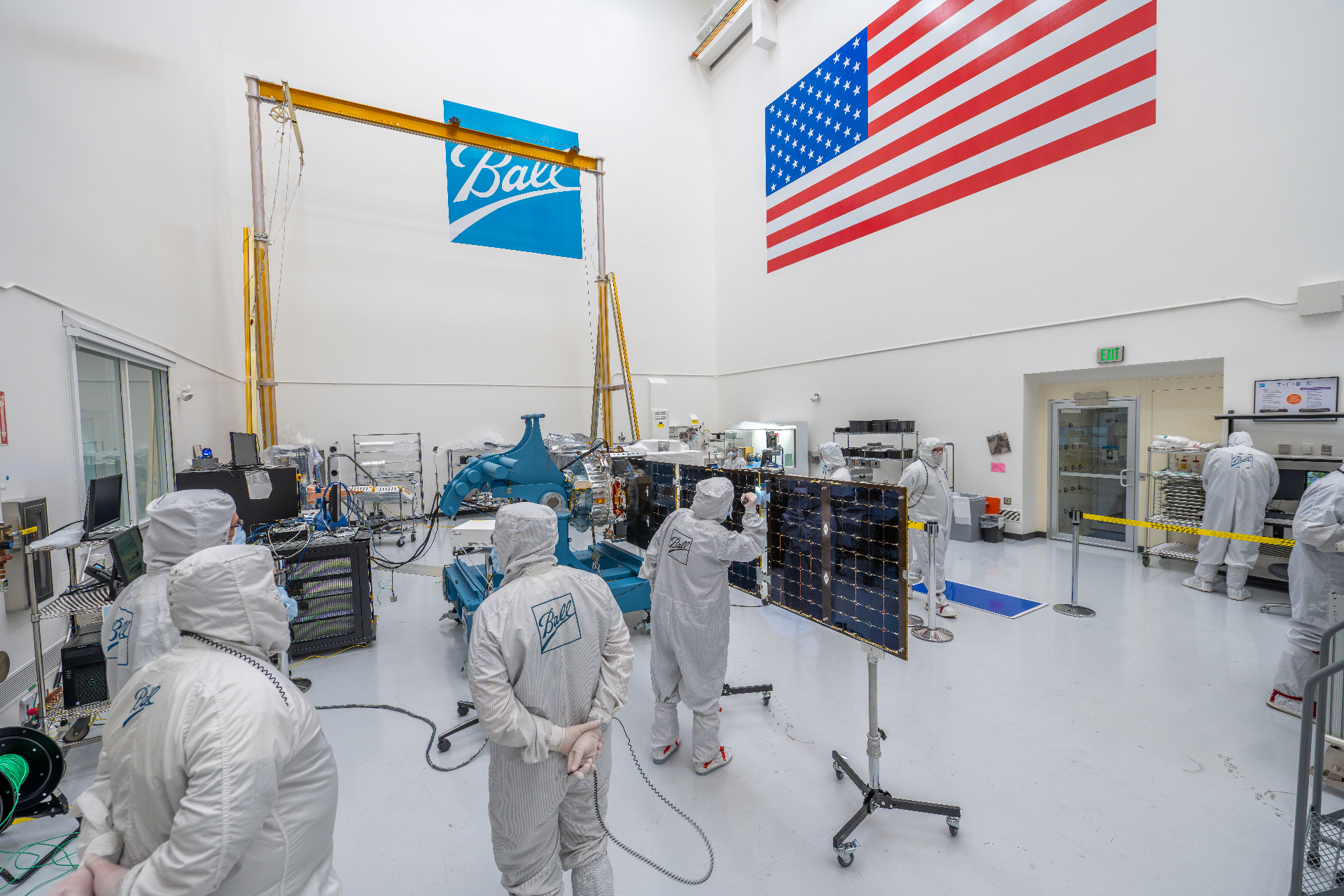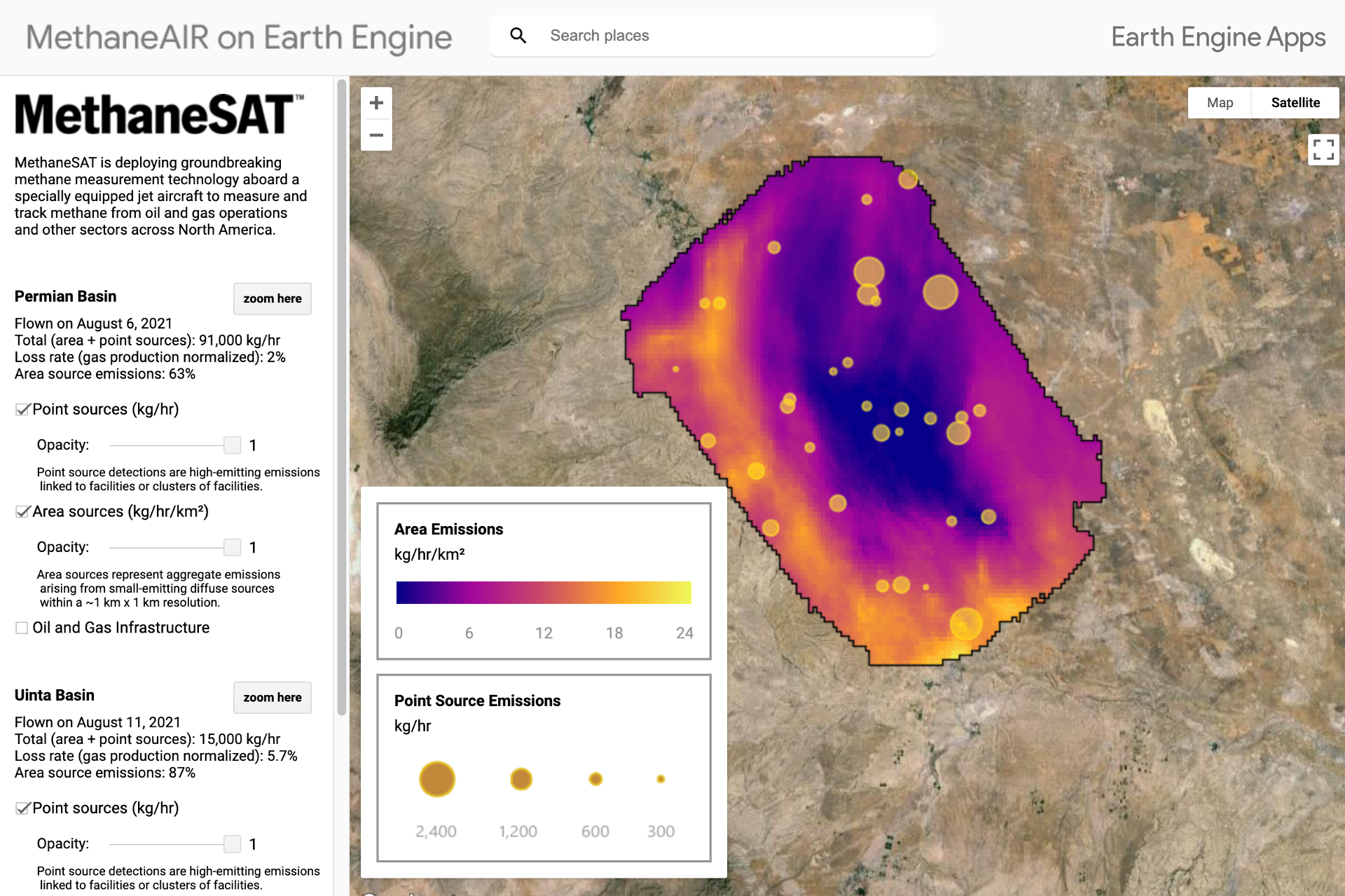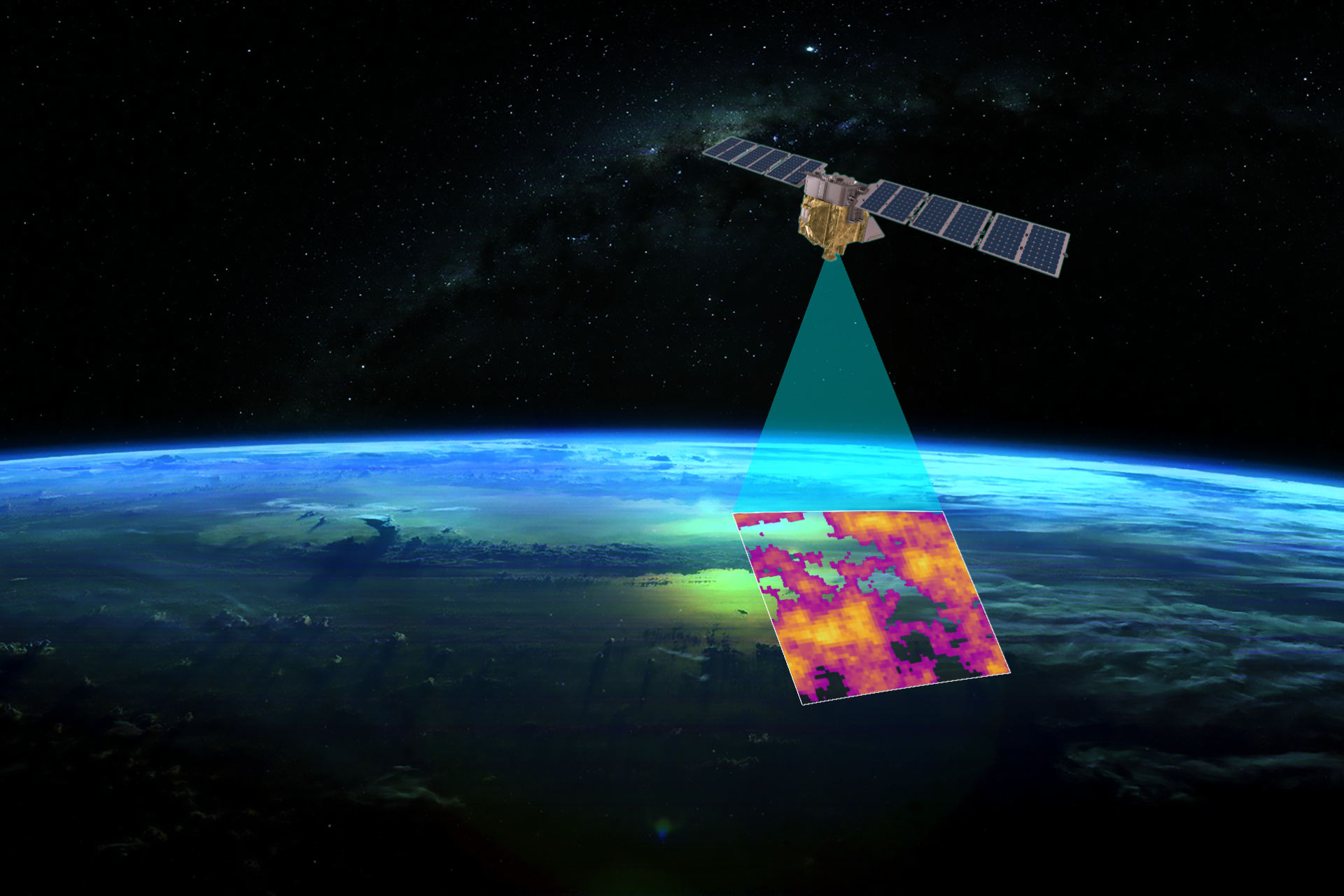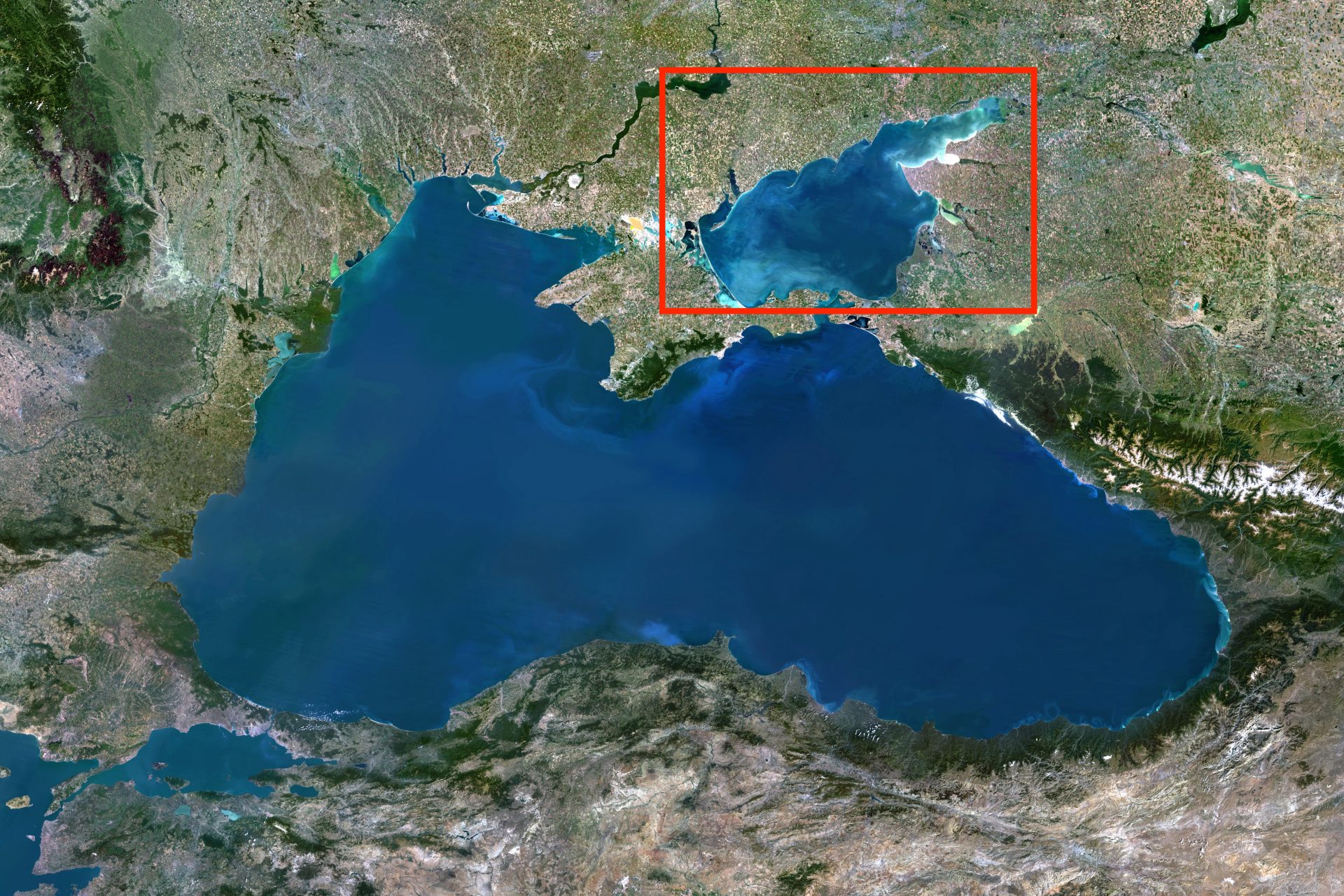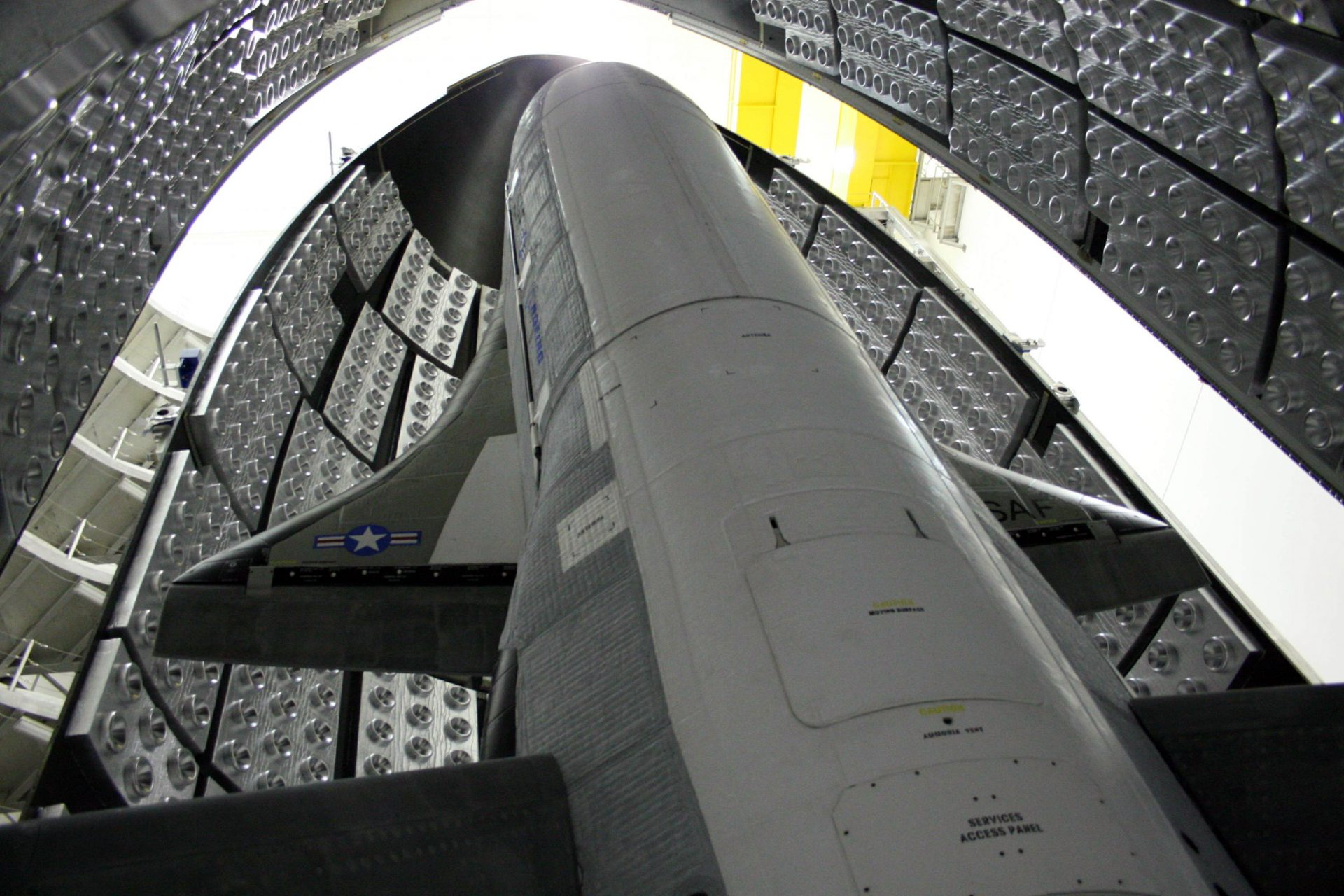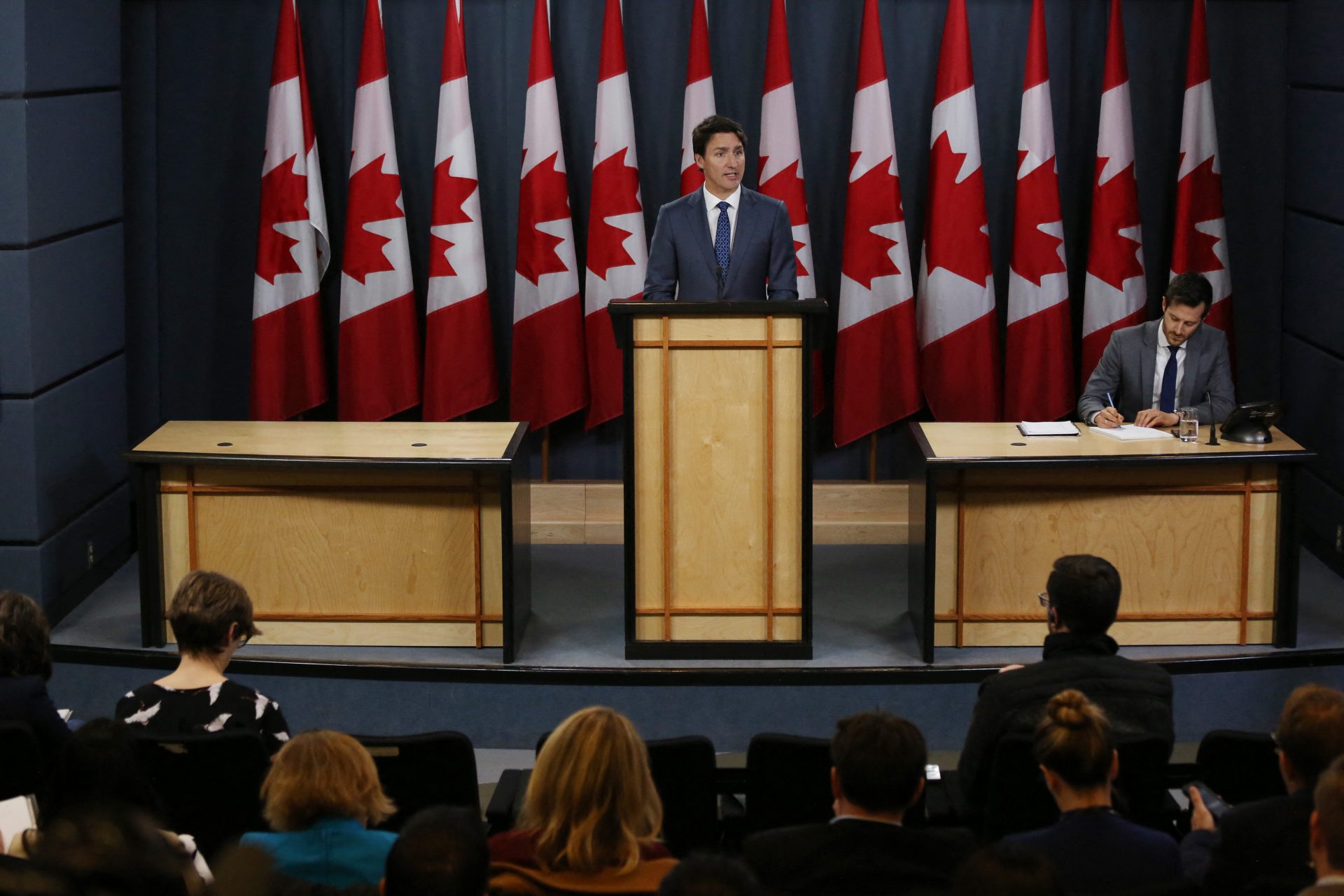A new satellite detects gas leaks that are heating up the planet
A non-profit launched a new satellite to help detect methane leaks from oil and gas sites. The initiative, MethaneSAT, can profoundly affect our battle against climate change.
The space detector is under the control of the Environmental Defense Fund, a non-profit organization that has studied methane leaks in the oil and gas industries for years.
Image: MethaneSAT
MethaneSAT will serve as an eye in the sky, sweeping through all continents to detect where leaks occur. According to The New York Times, it has an infrared sensor that detects leaks.
The newspaper also said the satellite has a spectrometer that uses light reflected from the planet's surface to calculate global methane emissions, not just where they come from.
The data will be public and accessible. According to the project's website, transparency can allow regulators, the general public, and companies to locate and solve problems quickly.
According to The New York Times, the Environmental Defense Fund collected $88 billion from philanthropic donors, constituting the entire project budget.
However, the non-profit found critical partners for the satellite operations, including the Government of New Zealand and Google.
According to The New York Times, a multidisciplinary team of 70 experts from academia, commercial aerospace, and defense industries built the satellite.
Image: MethaneSAT
The project website explains that the satellite is not the first global methane detection effort but has "game-changing" characteristics.
According to EDF, MethaneSAT has a sight range of over 120 miles and will monitor areas that cover nearly 80% of the world's oil and gas production.
Image: MethaneSAT
The non-profit argued that another advantage is that the satellite specializes in methane, unlike other satellites, and it can detect emissions from smaller sources.
Image: MethaneSAT
Previous EDF studies proved that methane emissions in the US were larger than the Government estimated, so MethaneSAT can check if that is the case worldwide.
The other characteristic that makes MethaneSAT a "game changer" is the transparency of the data: public information can turn into action.
According to NPR, about 30% of global warming is caused by human-caused methane pollution, so detecting the sources can impact how we reduce emissions.
The project website explains that they will also fly a methane-tracking jet called MethaneAIR to refine the data. They expect to have the first results by the end of 2024.
As Mark Brownstein, a senior vice president at EDF, explained to NPR, the information can finally determine how much methane comes from the oil and gas industry and not others like farming.
More for you
Top Stories




